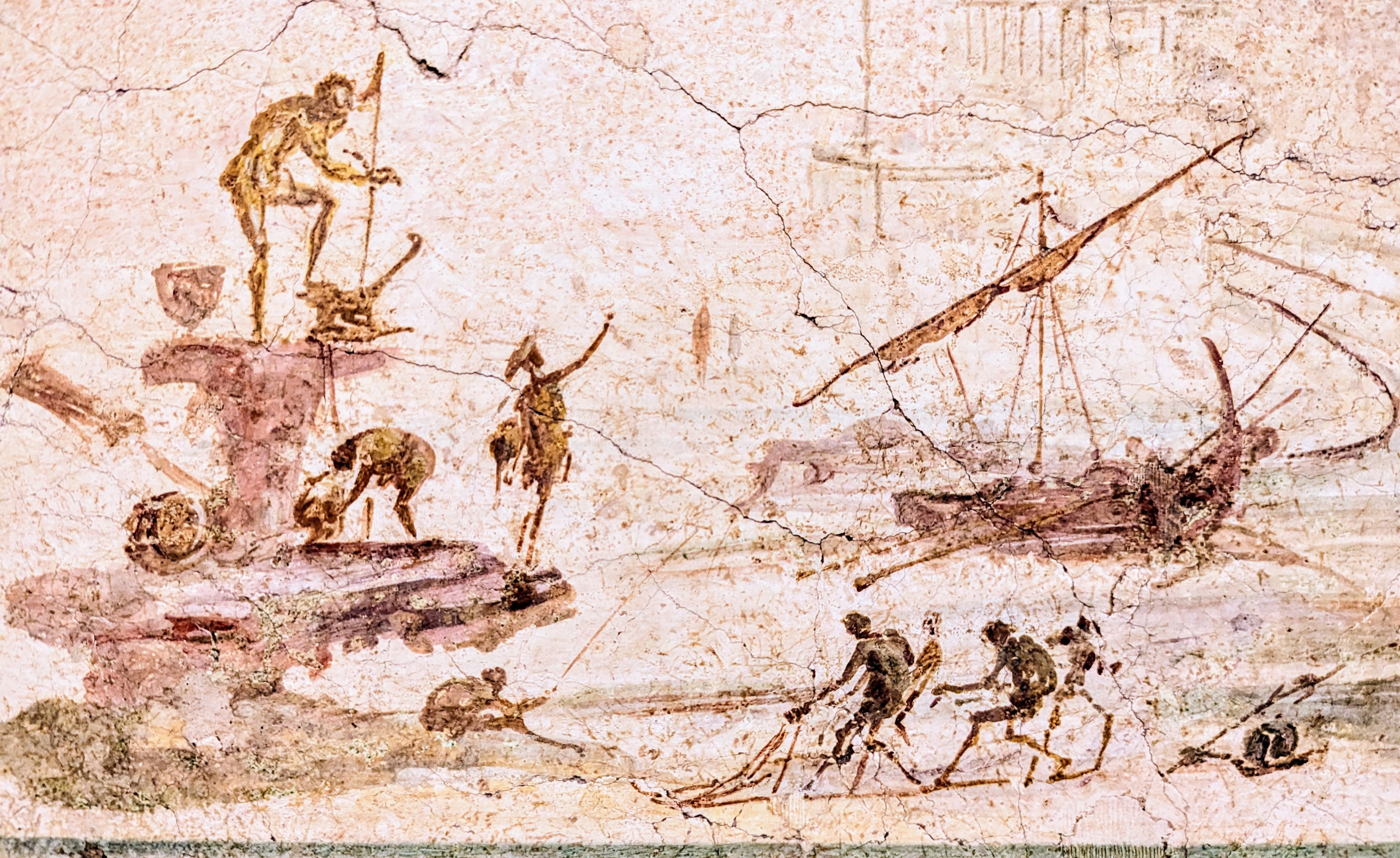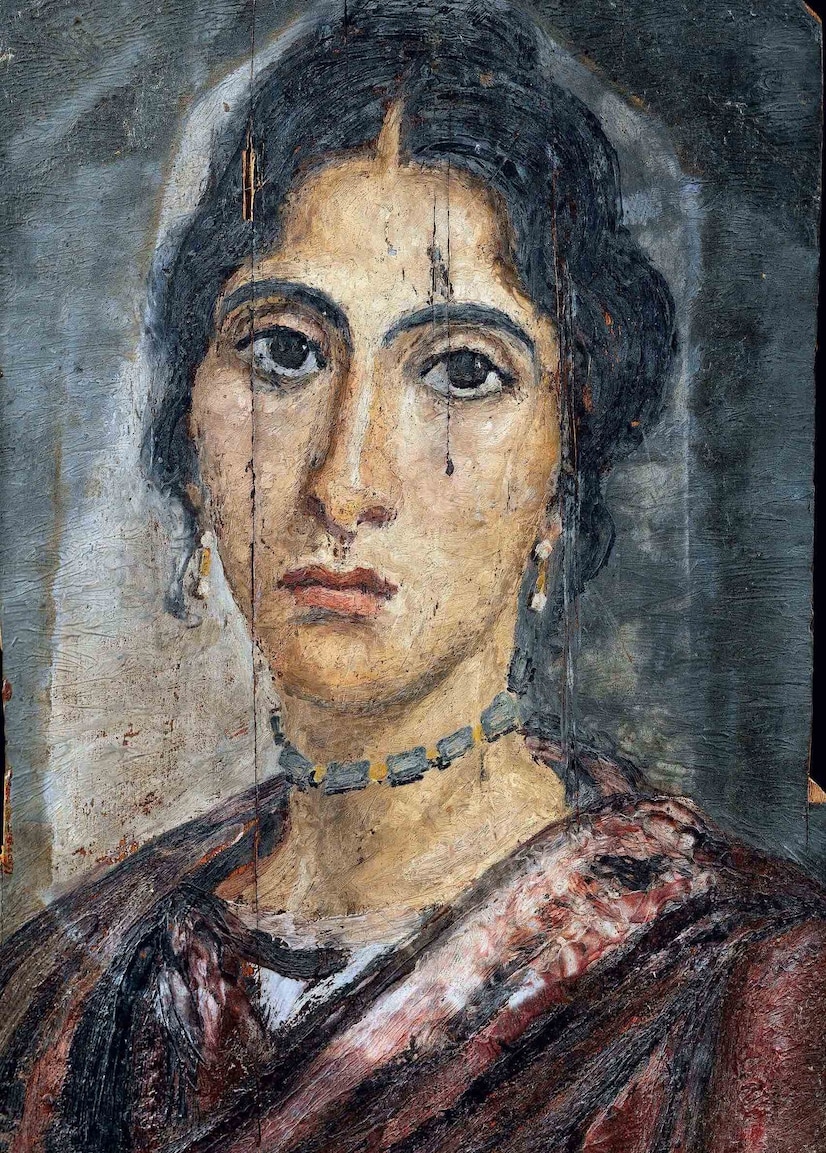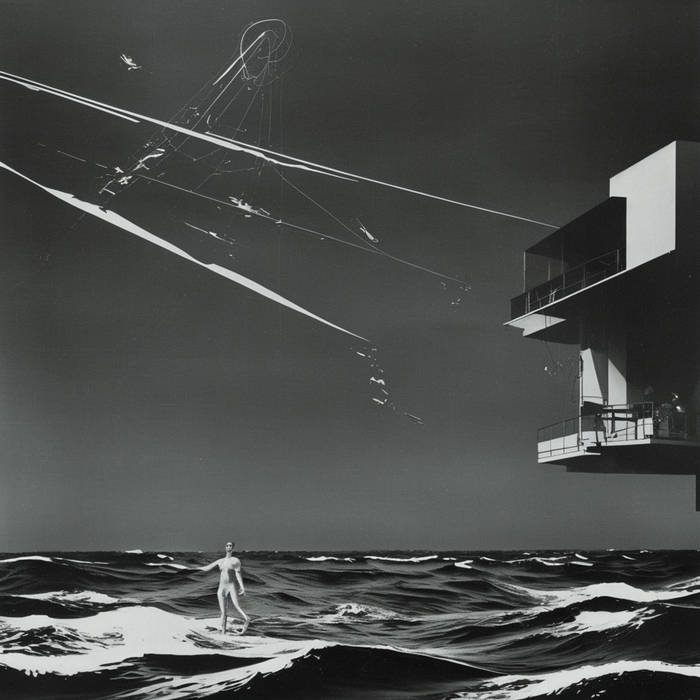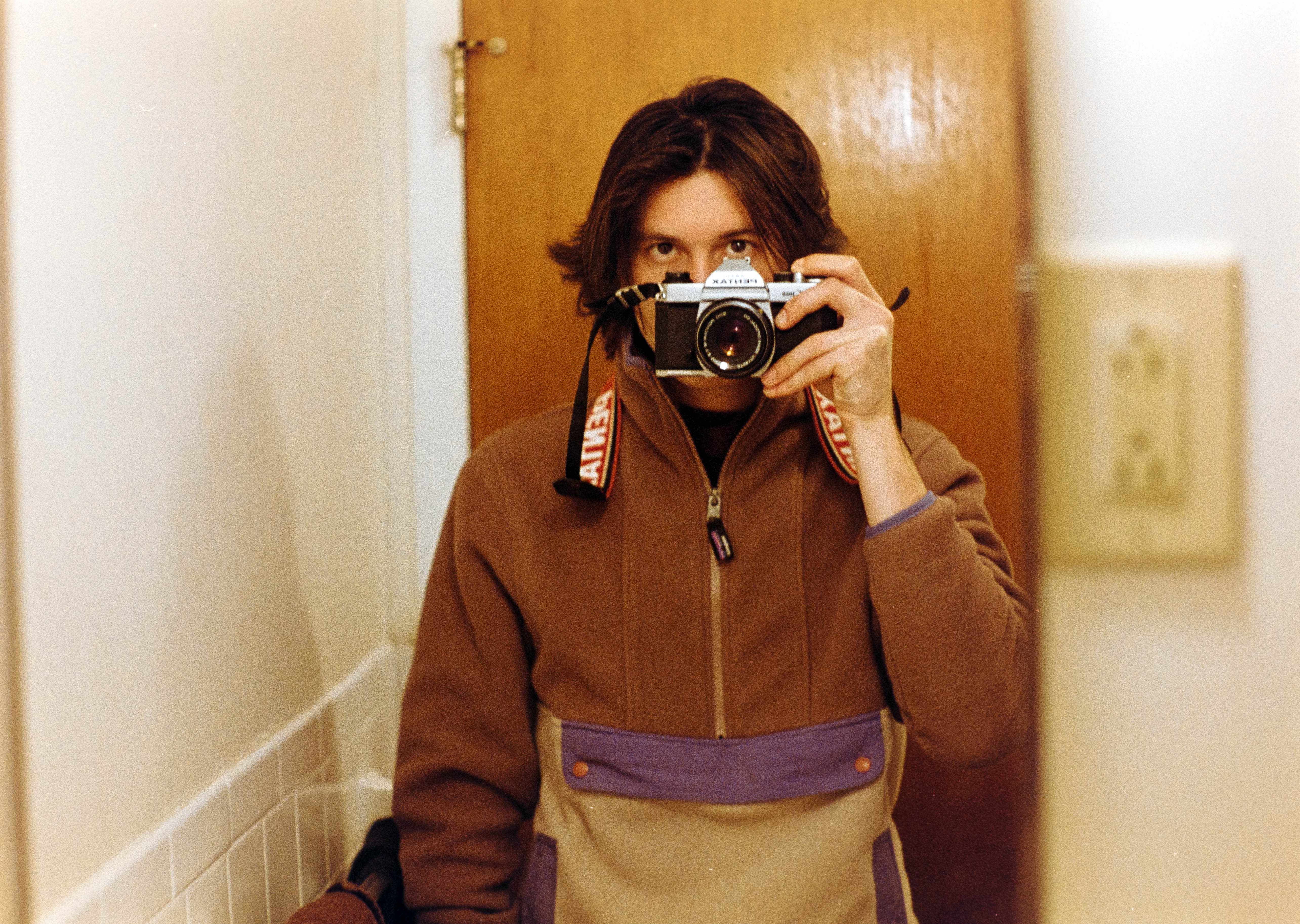I mean, you take one look at Greek statues and Roman busts and you realize that people figured how to aim for realism, at least when it came to the human body and faces, over 2000 years ago.
Yet, unlike sculpture, paintings and drawings remained, uh, “immature” for centuries afterwards (to my limited knowledge, it was the Italian Renaissance that started making realistic paintings). Why?
Realism wasn’t necessarily the end goal of a lot of painting. When you look at old Christian art one thing to notice is that different people can have vastly different sizes. The virgin mother may be most prominent, some patron saint smaller, and the artist themselves or the commissioner may be included as smaller figures. This play of scale was a device to show what was important and being sure to capture and portray that hierarchy was a more important goal than realism.
Take a look at this:

This is in the Museum of the Palazzo Massimo alle Terme in Rome, and it comes from an ancient Roman Villa in Rome. Probably painted in the first or second century CE. There’s walls of this stuff in the museum.
It’s not realism, but minimalistic sketches that, in many ways, outdo realism in artistic quality. To me, this looks more like something that you might find in Leonardo’s sketchbook than on the wall of on ancient Roman Villa from 1200 years earlier.
I agree that minimalism can outdo realism. Art can show what the mind sees, not what the eye views.
Art isn’t a progression. “Realism” isn’t necessarily a goal.
If capturing some subject in the most naturalistic way possible was the goal of art, there would be no need for paintings after the invention of the camera, and sculpture would be obsolete because of 3d scanning. Art must be something beyond capturing nature, otherwise there would be no reason for humans to do it.
Art must be something beyond capturing nature, otherwise there would be no reason for humans to do it.
For a long time, art was also the only way to portray what people and places looked like. Not all art needs to try and convey the reality, but some ancient patrons would undoubtedly have wanted portraits that looked as close to their real faces as possible. The Fayyum portraits in another comment and other explanations, such as materials being mostly handmade and paintings being unlikely to survive answer my question better, really.
Culture mainly. Same reason why some artists today draw photorealistic drawings and others draw more cartoony. You don’t need to draw or sculpt something to be hyper-realistic to explore the abstract nature of art.
THE PROPER TOOLS.
YOU try scrawling on a cave wall with nothing but the charcoaled end of a stick you pulled out of a fire and see how well you can draw with that kind of medium and tools.
As technology progressed, so did the tools used.
Michelangelo was using a fresco technique painting onto still wet plaster and used egg whites or glue made from animals to help the paint stick. He used a variety of brushes, not just a charcoal stick.
Further, just something as simple as a variety of colors took hundreds of years of technological advancement to achieve.
Don’t underestimate the need for quality tools!
Also the time needed to perfect that skill wouldn’t have been available that far back. If you’re needing to spend the bulk of your time hunting/gathering food and other forms of basic survival I don’t think you’d have the hours every evening to work on your shading techniques.
Excellent point, as others have astutely pointed out, a love of the arts is often cultural, and most artists need essentially a set of people who love their art and buy it or they will be a “starving artist.” So you also need a society that appreciates art enough to let certain people have all that time.
something as simple as a variety of colors took hundreds of years of technological advancement
If anyone is looking for a rabbit hole to go down, the history of pigments is a great one.
Exactly. Taking in the expansive view before you is nice, but the giants we stand upon, stable societies and technological advancements, are worth a glance or two.
It’s true. Though not a complete answer, because realism lagged behind the tools needed for it. And it’s interesting how once one person can do it, suddenly everyone can do it. That says something shit is as a species. We can only do what we’re able to imagine? And as soon as we see someone do it, that barrier is gone?
First reason is the knowledge and understanding to paint like this has come and gone. We have paintings from Egypt from 100 BC that is very realistic. They are known as the Fayyum portraits.

Also, paint isn’t the most long lasting of materials, so less painted anything still survives. While many don’t know about it, but Greek and Roman statues were painted.
I didn’t know about those Fayyum portraits, they’re amazing!
They all look like me when I look at my reflection when I’m tripping balls

I literally just saw a video on cave paintings the other day and one of the oldest set of cave drawings ever found in France (dating almost 14,000 years ago) are some of the most detailed, and realistic depictions of animals in artwork I’ve seen.
I don’t think it took long to be realistic. It started realistic and evolved into stylization. And then looped back to realistic being cool again.
I do find it interesting that folk think Renaissance art is realistic.

I’m being a little glib, but the truth is that we are still looking at hyper-idealised bodies.
The main difference,I suspect, is the use of perspective rather than drawing on a flat plane. In a way it took a leap of imagination to make things look more “realistic” whilst sculpture was merely (again, said with a certain smirk) just mimicking what the artist could see and feel in the real world.
That is to say that sculpture is reproduction whilst drawing is representation, and with representation you need to be able to take some pretty big leaps for both the artist and the viewer to work these things out.
Realistic as in “this is a believable real person” not “this is exactly what everyone looks like”
I actually was fortunate enough to visit the Sistine Chapel this summer, and although when you take a close look at images online of the paintings, it’s clear they aren’t “realism”, when you see the paintings in person they look very real. I was especially struck by how real Jonah looked, as if he was just hanging out, sitting on a ledge near the ceiling. Very cool experience.
Art supplies were historically not cheap. If you wanted to do this for a living, you were probably needing to aim for selling your art to the rich upper class. That implicitly meant catering to their fickle tastes and working on commission. You didn’t make art for you and find your audience later, you made art for the customers you had or you starved.
And to put it bluntly, realism wasn’t the fashionable hotness for most of human history. The more “crude” styles you may think of as objectively inferior to and less technically impressive as realism were in fact the styles in demand at their respective times. Fashion existed in ancient and medeival times just like it does today, and those styles were the fashion.
The idea of the independent eccentric artist who lives secluded in their ideas cave producing masterpieces for no one in particular leaving the world in awe at their genius every time they come out with something to show is a very modern concept. If any artist wanted to make a realism painting in an era where it was not popular, they’d be doing it purely for themselves at their own expense. So virtually no one did. Or if they did, their works largely didn’t survive.
Nuh-uh, people have been painting realistic pictures for wayy longer than that.

Here’s a Roman painting circa 40 BC.

This is from about 600-something AD.

12th or 13th century AD.
Also I think that possibly photograph-like realism may just not have been something artists aimed for, so they just created other styles that the next generation of artists learned to copy, and repeated that until someone came up with a new style.
Materials.
If you’d have seen the marble sculptures when they were new, you would have described them as anything but realistic. We now know that many, if not most, sculptures were painted in bright garish colours.
Why paint a delicately crafted sculpture with a dodgy paint job? Party taste, perhaps, but more definitely because that was what was available.
The paints that we have now are carefully designed, mixed and stored to deliver a wide range of colours of a consistent quality (and even modern companies like GW struggle with that!).
The further back you go, the fewer pigments there are and the less sophisticated the binders are. It’s no coincidence that the rapid explosion in science and trade of the Renaissance led to the rapid development of paints. Even in those days, an artist didn’t buy paint, they made it - access to new raw ingredients was all that was needed.
So, why the Renaissance? Because it’s the earliest point in time it could have been possible.

because that was what was available.
Yes, we’ll go with that one.
chefs kiss
We’re also looking at the art that survived until today. It’s not like we have libraries full of art from every culture.
Tastes have changed.
Your judgement is different from their judgement.
What you are calling ‘realistic’ probably did not even exist then, and nobody missed it.
Requires knowledge of geometry and that shot is hard. Perspective lines and angles and etc.
Looks like someone’s just finished watching Joe Scott’s latest video…Answers With Joe
Never heard of that











